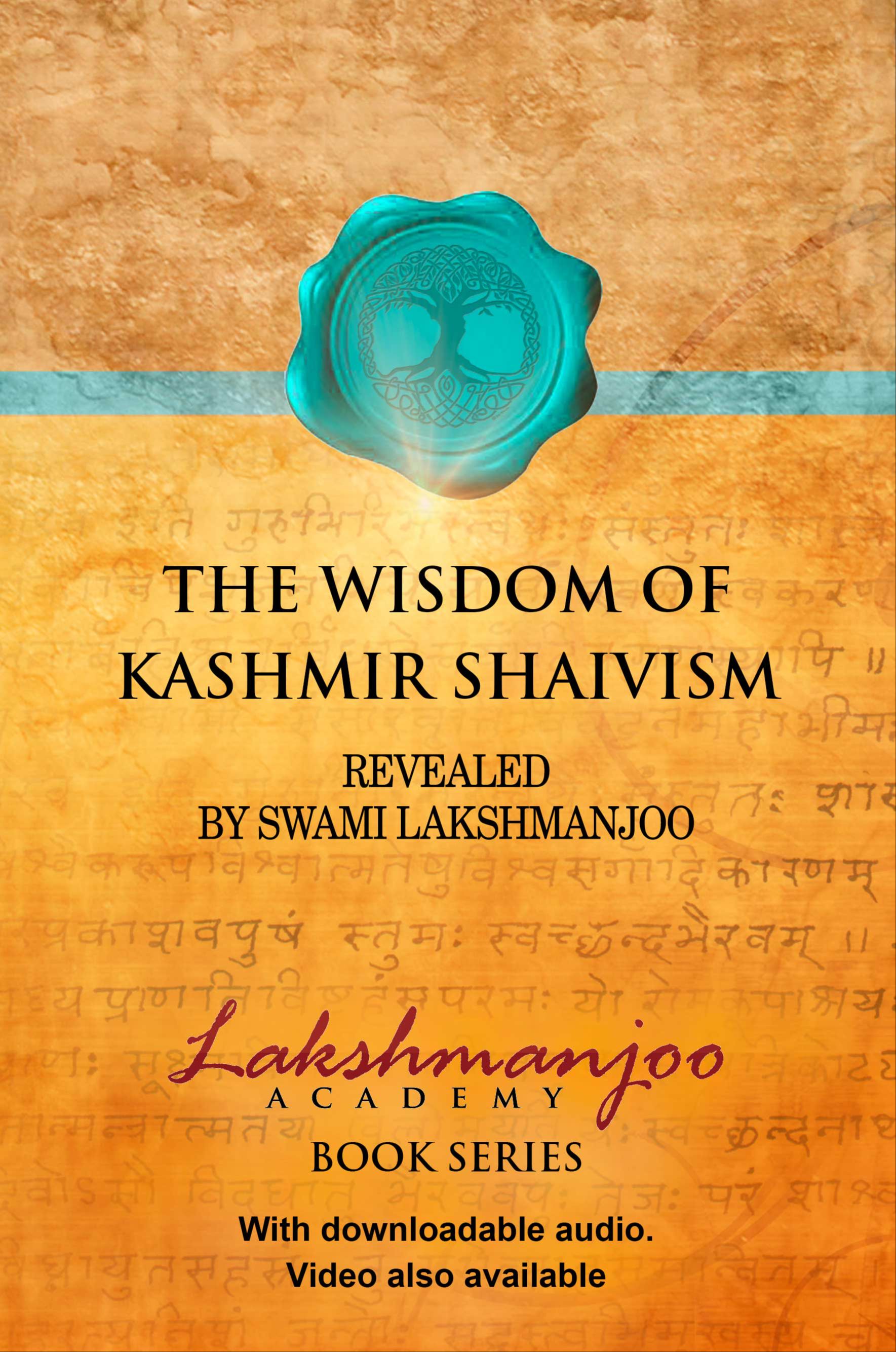
An important excerpt from the fifth verse of the Vijnana Bhairava: The Manual for Self Realization by Swami Lakshmanjoo, reveals the reality of supreme consciousness-the essence of all Tantra

Image by Antonio López from Pixabay
This is the question of Devī.
परापरायाः सकलम्
अपरायाश्च वा पुनः ।
पराया यदि तद्वत्स्यात्
परत्वं तद्विरुध्यते ॥५॥
parāparāyāḥ sakalam
aparāyāśca vā punaḥ /
parāyā yadi tadvatsyāt
paratvaṁ tadvirudhyate // 5 //
There are three energies. In fact, these śaktis are three-fold, triple śaktis–one is parā, another is parāparā, and the third is aparā35.
[Devi:] Parāparāyāḥ sakalam aparāyāśca vā punaḥ (sakalam means “in the cycle of functioning36”), if parāparā is existing in the cycle of functioning, or [if] in aparā also the cycle of functioning is continuous, what lies in parā then37?
Parāyā yadi tadvatsyāt, if parā also holds the cycle of functioning [in sakala] how parā will be called supreme? This is another question.
Because sakala rūpa means that which has kalanā. Kalanā means that which can be observed, that which can be perceived, that which can be heard, that which can be seen, that which can be touched. When there is sensation, any sensation, wherever there is sensation, that is sakala rūpa38.
When there is no sensation, only the supreme existence of God consciousness, that is parā39. It is without sensation because sensation remains only there where the sensation is felt by the feeler.
God consciousness is not felt; it is your own Self.
Because, for instance, you are John; you don’t feel John every now and then because it is your own nature, it is your own svarūpa. You can feel Jagdish, you can feel Jeremy, you can feel all others, but you cannot feel yourself always. Why? Because it is your own Self.
This is the case with parā also. In parā, the Self is already in the state of knowership, not the known. The Self is not known in the state of parā. Knowledge resides only in parāparā and aparā. In the parāparā state, knowledge resides, and, in aparā also, knowledge is . . .
JOHN: So there is sensation in parāparā?
SWAMIJI: You can feel the state of God consciousness in parāparā and in aparā. You cannot feel the state of God consciousness in parā; it is your own Self.
śantiṁ na labhate mūḍho yataḥ śamidaṁ iśyate / 40
Śānti, that duffer yogi does not achieve the absolute peace of God consciousness because he wants it. As long as the urge is there, it is useless. As long as it becomes your nature, then it is right. It must become your nature; it must not become your [desired] object.
That is what we feel in the state of parā.
Parāyā yadi tadvat syāt, if in parā also you will explain that “it is felt”, paratvam tad virudhyate, where is paratva there? Paratva is finished, paratva is absolutely vanished, it is nowhere to be found. This supreme state of God consciousness [paratva] is nowhere. Then paratva is as good as parāparā or aparā.
This is the question of Devī.
–––––––––––––––
35 As explained in the Triśirobhairava Tantra: parā (supreme), parāparā (medium), and aparā (inferior).
36 That is, affected by the elements of the material world.
37 “If the sakala rūpa (functioning) of parā is just like the sakala rūpa of parāparā or just like the sakala rūpa of aparā, then where is the supremacy of parā found then?” Vijñāna Bhairava, additional audio (USF archives).
38 Sakala literally means, consisting of parts, divisible, material. “Sakala is where there is some sensation–it may be in form, it may be in space, it may be in time. Only these three things exist: space, time, and form.”
“In rūpa, there are two things to be noted: mantra and form. By ‘sauḥ’ you can feel that when you are rising. It is that state where you are rising from up to down. That is the particular state of the formation of that mantra. And ‘sauḥ’ is the mantra. Its mantra is ‘sauḥ’ and its state is that movement of rising down.” Ibid.
See Appendix for an explanation of the mantra ‘sauḥ’.
39 “It has no space, it has no time, it has no form in the state of parā because [parā] is your own Self.” Ibid.
40 From the Aṣṭāvakra Saṁhitā, 18.39.






